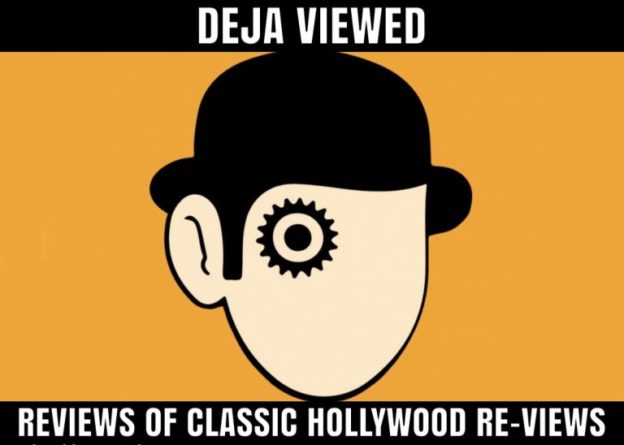HAPPY BIRTHDAY CAROLINE!

Anthony Hopkins’s letter to Bryan Cranston after watching Breaking Bad:
“Dear Mister Cranston.
I wanted to write you this email – so I am contacting you through Jeremy Barber – I take it we are both represented by UTA . Great agency.
I’ve just finished a marathon of watching “BREAKING BAD” – from episode one of the First Season — to the last eight episodes of the Sixth Season. [Editor’s note: There are in fact five seasons of Breaking Bad; this might have been wishful thinking.] (I downloaded the last season on AMAZON) A total of two weeks (addictive) viewing.
I have never watched anything like it. Brilliant!
Your performance as Walter White was the best acting I have seen – ever.
I know there is so much smoke blowing and sickening bullshit in this business, and I’ve sort of lost belief in anything really.
But this work of yours is spectacular — absolutely stunning. What is extraordinary, is the sheer power of everyone in the entire production. What was it? Five or six years in the making? How the producers (yourself being one of them), the writers, directors, cinematographers…. every department — casting etc. managed to keep the discipline and control from beginning to the end is (that over used word) awesome.
From what started as a black comedy, descended into a labyrinth of blood, destruction and hell. It was like a great Jacobean, Shakespearian or Greek Tragedy.
If you ever get a chance to – would you pass on my admiration to everyone — Anna Gunn, Dean Norris, Aaron Paul, Betsy Brandt, R.J. Mitte, Bob Odenkirk, Jonathan Banks, Steven Michael Quezada — everyone — everyone gave master classes of performance … The list is endless.
Thank you. That kind of work/artistry is rare, and when, once in a while, it occurs, as in this epic work, it restores confidence.
You and all the cast are the best actors I’ve ever seen.
That may sound like a good lung full of smoke blowing. But it is not. It’s almost midnight out here in Malibu, and I felt compelled to write this email.
Congratulations and my deepest respect. You are truly a great, great actor.
Best regards
Tony Hopkins.”




